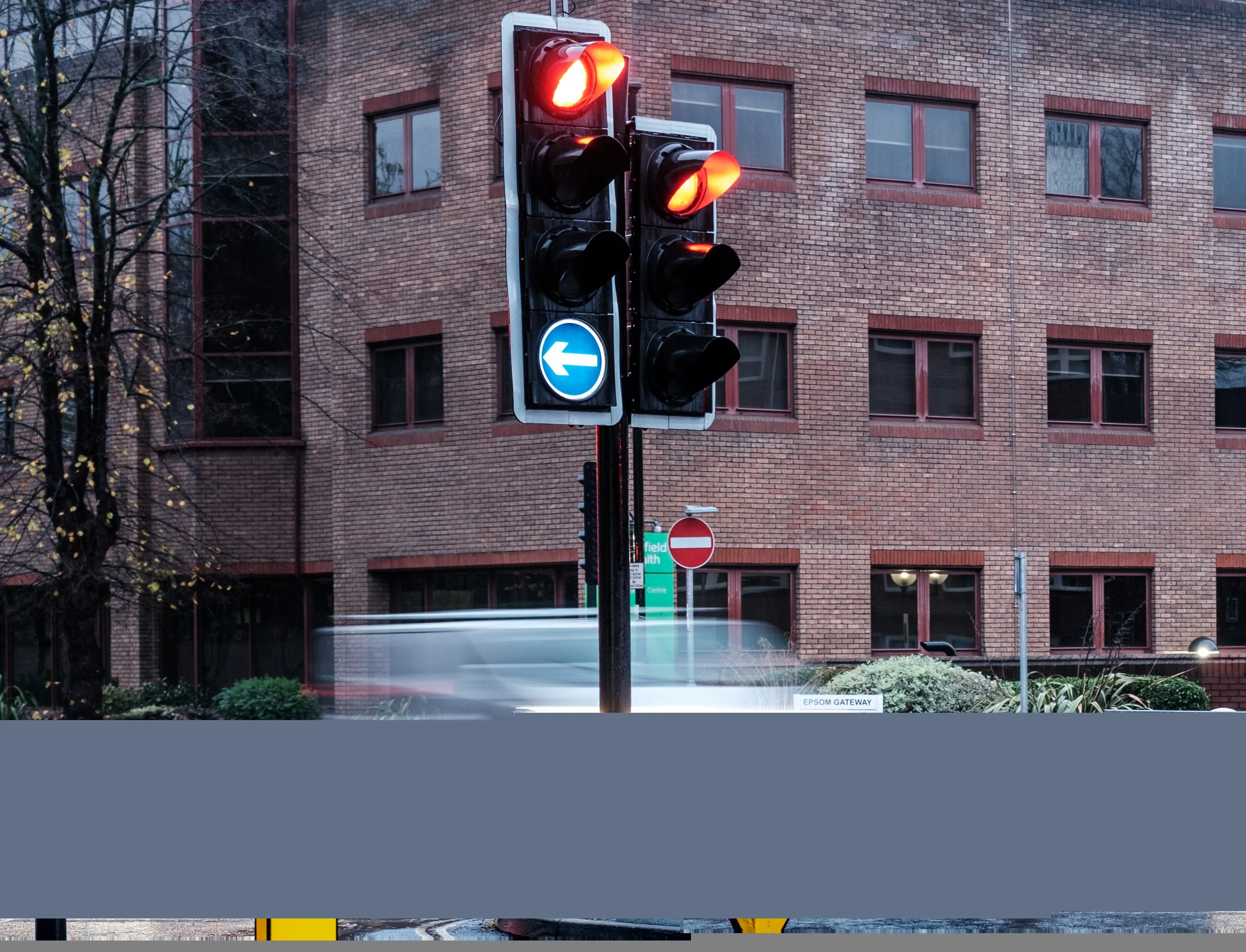RedFusion, RedSpeed’s average speed enforcement system, won a number of converts in 2013 – particularly in the UK where the technology has been type approved for both permanent and temporary installations.
January 7, 2014
Read time: 1 min
RedFusion, 113 Redspeed International’s average speed enforcement system, won a number of converts in 2013 – particularly in the UK where the technology has been type approved for both permanent and temporary installations.
The system can be used for multi point to multi point measurements and its digital cameras can produce colour images during night time period and be either forward or rearward facing. Laser-triggering is used for vehicle capture and the parameters can be set remotely at any speed above 20mph.
In 2013 RedFusion was deployed to enforce average speed at nine extensive motorway improvement schemes in the UK’s and at major works on the A14 Kettering bypass.
The system can be used for multi point to multi point measurements and its digital cameras can produce colour images during night time period and be either forward or rearward facing. Laser-triggering is used for vehicle capture and the parameters can be set remotely at any speed above 20mph.
In 2013 RedFusion was deployed to enforce average speed at nine extensive motorway improvement schemes in the UK’s and at major works on the A14 Kettering bypass.








